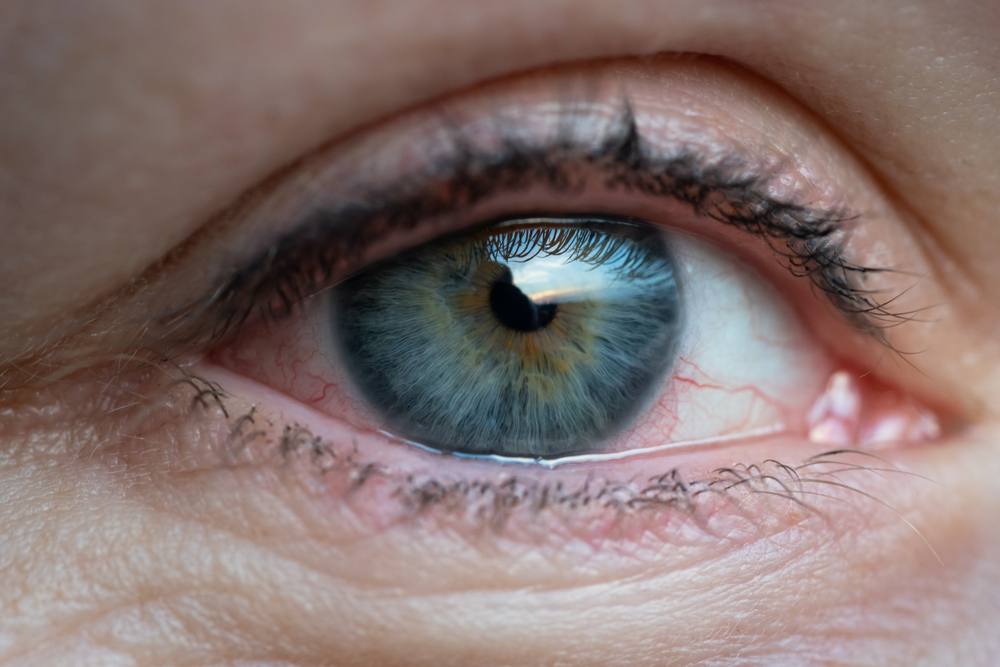
Dry eye is a common condition that occurs when your eyes don't produce enough tears or the tears evaporate too quickly. This can lead to a range of uncomfortable symptoms, including irritation, redness, and a burning or stinging sensation. Dry eye can have a significant impact on your quality of life, making it difficult to perform everyday tasks like reading, using a computer, or even driving.
The causes of dry eye can vary, ranging from age-related changes in tear production to environmental factors like air pollution, low humidity, or prolonged screen time. Certain medical conditions, such as Sjögren's syndrome, can also contribute to the development of dry eye. Understanding the underlying cause of your dry eye is crucial in determining the most effective treatment approach.
How is Dry Eye Diagnosed?
If you're experiencing persistent dry eye symptoms, it's important to seek medical attention. Your optometrist can perform a comprehensive eye examination to diagnose the condition and determine the severity of your dry eye. During the examination, your eye doctor may use various tests and techniques, including:
- Tear film evaluation: This involves assessing the quality and quantity of your tear production.
- Corneal staining: Your doctor may use a special dye to identify areas of the cornea that have been affected by dry eye.
- Tear osmolarity test: This measures the salt concentration in your tears, which can provide insights into the severity of your dry eye.
- Meibomian gland evaluation: Your doctor may examine the oil-producing glands in your eyelids to check for any blockages or dysfunction.
By understanding the root cause of your dry eye, your optometrist can develop a personalized treatment plan to help alleviate your symptoms and improve your overall eye health.
Over-the-Counter Treatment Options for Dry Eye
If lifestyle adjustments alone don't provide sufficient relief, there are several over-the-counter (OTC) treatment options available for dry eye:
- Artificial tears: These lubricating eye drops can provide temporary relief by replenishing the tear film and reducing irritation. Look for preservative-free formulas for long-term use.
- Warm compresses: Applying a warm, moist compress to your eyes can help unclog the oil-producing meibomian glands, improving tear quality.
- Eyelid scrubs: Special eyelid cleansers or wipes can help remove debris and bacteria from the eyelids, which can contribute to dry eye.
- Nutritional supplements: Omega-3 fatty acid supplements may help reduce inflammation and improve tear production.
It's important to note that while OTC treatments can be helpful, they may not address the underlying cause of your dry eye. If your symptoms persist or worsen, it's best to consult with your optometrist for further evaluation and treatment recommendations.
Prescription Eye Drops for Treating Dry Eye
In cases where over-the-counter options aren't providing sufficient relief, your eye doctor may prescribe specialized eye drops to treat dry eye:
- Prescription anti-inflammatory eye drops: These can help reduce inflammation and improve tear production.
- Prescription tear-stimulating eye drops: These medications can help increase tear production and improve the quality of your tears.
- Prescription emulsion eye drops: These formulations can help retain moisture on the surface of your eyes.
Other Medical Treatments for Severe Dry Eye
In some cases, more advanced medical treatments may be necessary to manage severe or persistent dry eye:
- Punctal plugs: These small, removable devices are inserted into the tear ducts to help retain tears on the surface of the eyes.
- Prescription oral medications: In certain cases, your eye care professional may prescribe oral medications, such as anti-inflammatory drugs or immunosuppressants, to address the underlying causes of dry eye.
- Thermal pulsation therapy: This procedure uses a specialized device to heat and massage the eyelids, helping to unclog the meibomian glands and improve tear quality.
Your optometrist will work with you to determine the most appropriate course of treatment based on the severity of your dry eye and your individual needs.
Finding the Right Treatment for Dry Eye
Dry eye is a complex condition that can have a significant impact on your quality of life, but with the right treatment approach, you can find relief and improve your overall eye health. By understanding the causes, symptoms, and available treatment options, you can work closely with your optometrist to develop a personalized plan that addresses your specific needs.








